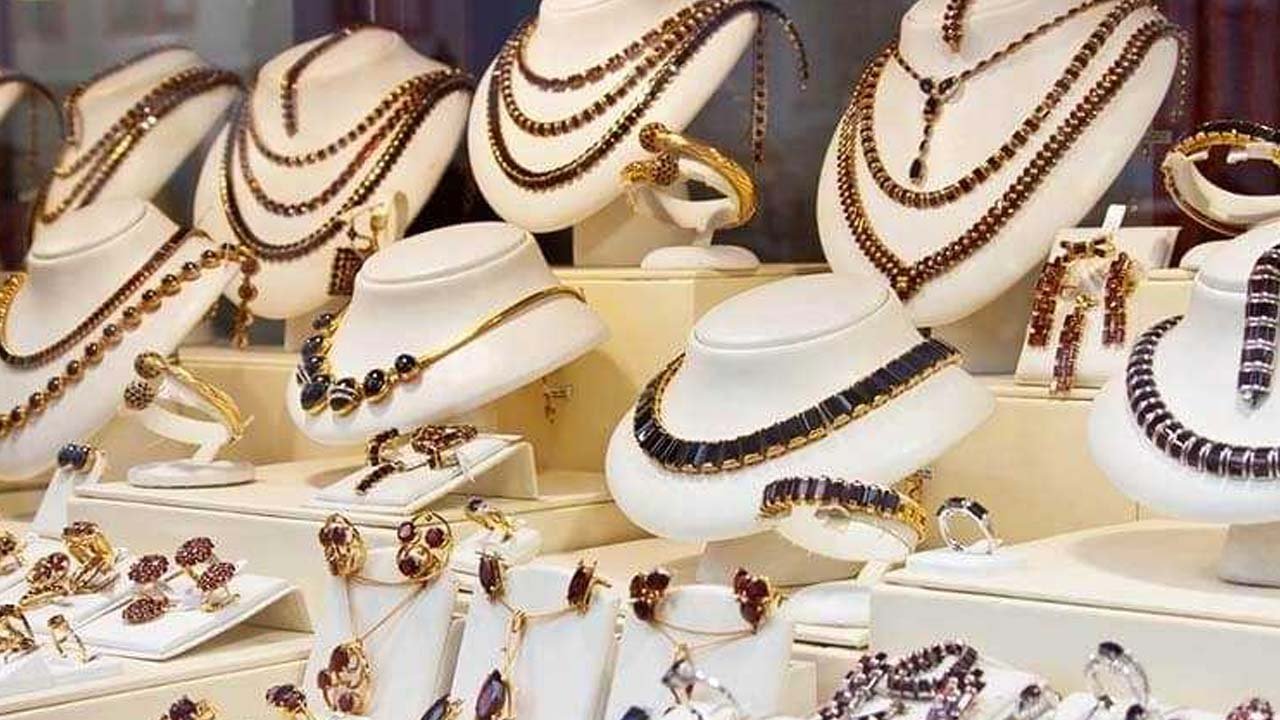
Jaipur has an interesting historic tale of its emergence as the gem city.
The story goes back to the eighteenth century (first half) when Maharaja Sawai Jai Singh ruled this city.
In an endeavour to sustain Jaipur’s flourishing gem and jewellery trade, he invited jewellers from across India to this city. Since then, jewellers from across the country came and settled in Jaipur, giving this city a rich legacy which continues till today.
The contemporary gem craftsmen mostly come from a long line of jewellers; they are skilled in their art; they cut and shape around 90 per cent of the gemstones used in India’s gem and jewellery trade.
While a few of these gems are mined in India, Jaipur’s traders run a big import industry allowing the local trade to manage the show successfully.
The gems, globally imported, are being cut and polished to be given the local specifications in the city’s workshops. The craftsman, irrespective of their caste and creed, work in unison to continue making a mark in cutting and shaping stones in tiny workshops behind their gem-filled stores.
Several of the stones are imported from Brazil and Africa. Also many stones are bought and shipped in from Bangkok.
These stones are first cut to size, then its impurities, spots and blemishes are removed.
Cutting, rough shaping, and then shaping it more closely, to get sharper edges and flat base and polishing are a few stages which help them in giving the flawless shape and transparency in stone.
This industry initially started with a handful of artisans which worked on unpolished precious stones and today, it has turned into the largest industry in Jaipur exporting gems and jewellery of thousands of crores each year.

